Following in Street Photography
This is the second part of a mini series of three articles on the three F’s in Street Photography as mentioned by Matt Stuart:
Fishing
Following
F**k!
These are three different techniques we, as Street Photographers, have to master. We already spoke about the Fishing technique in the previous article, now we look at a very different approach.
There is a fundamental difference between the Fishing and the Following technique:
With the Fishing technique you find a background or scene and wait for your subject, gesture or expression to happen in your frame
With the Following technique you find your subject or trigger and follow it until a scene, gesture, expression happens around it or it walks in front of an appropriate background/scene
These are diametrally opposite faces of the same coin.
What kind of subject do I follow?
The subject you want to follow is either a very interesting person, particularly well dressed or particularly eclectic, or just something that can create a juxtaposition, absurd situation, funny scene. The possibilities are infinite, you know when you see one.
Why following? Why not shoot it where you find it? Because maybe the background is messy or not right for the subject; or the interesting subject is the only thing in sight and there is no other element to add interest and depth to the picture. Shooting an interesting subject is easy, anybody can snap a random picture of it. Crafting an interesting image with more depth is a completely different matter.
Often you can follow a great subject and never find a suitable scene or situation to make a good Street Photograph. As an example:
In the image above I saw this man with a severe curvature of the spine. In itself it is not a subject. But as soon as I saw him I thought: reflection! I started walking with him and looking for the right window and background to put him against: I was aiming at a simple composition, just juxtaposing the two mirrored images curving away from each other. This was the third attempt, then he walked into a shop. I was too close, and the lady behind him is a stroke of bad luck. But this is a good example of the Following technique.
Another example is the opening picture of the dogs with colourful coats and humans: I saw them from the other side of the street, I started running ahead of them staying on my side of the street and waited for them to walk past the only viable background.
One more example:
Another unsuccessful image, but good to explain the thinking. I saw the coat pattern and found it interesting, started walking along, then saw the backpacks with similar patterns on the street stall. I sped ahead, positioned myself, got the shot. And wasn’t impressed…but that’s another story: I need more practice!
What is a trigger?
A trigger is a subject that has a good potential for triggering a reaction when entering a scene. A typical example would be a beautiful girl walking past a group of builders on a lunch break: they are likely to turn their heads in unison and even have specific expressions on their faces. You have to pre-empt these situations and be prepared to record them. Again, the possibilities are endless for types of trigger.
A very important thing is to remember that following is not stalking! Don’t be creepy or secretive, be good at being invisible. Let the people you are interested in go about their day and either stop and go away if they see you or just be open about it and smile. You can even explain what you are doing if they confront you and be honest about why you find them interesting. If you have a card or a few prints of your pictures do show them, they often will feel flattered instead of annoyed! Remember that we are not doing something to be ashamed of: we are fascinated by them and want to document the life on the street, especially the exceptional moments in everyday mundane life.
Here are a few more examples of images taken with the following technique. They are not great, but this is a technique I practiced much less than Fishing!
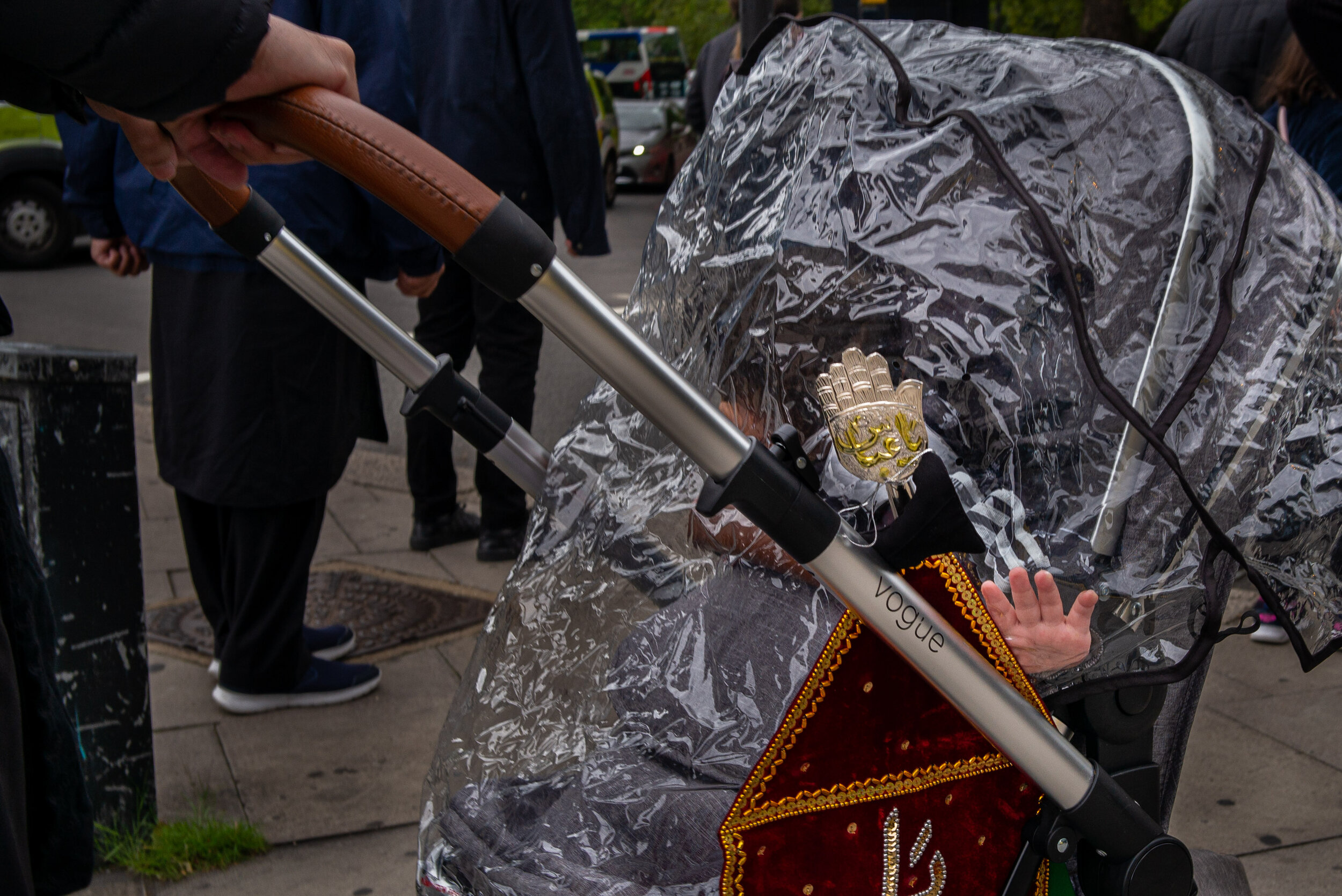
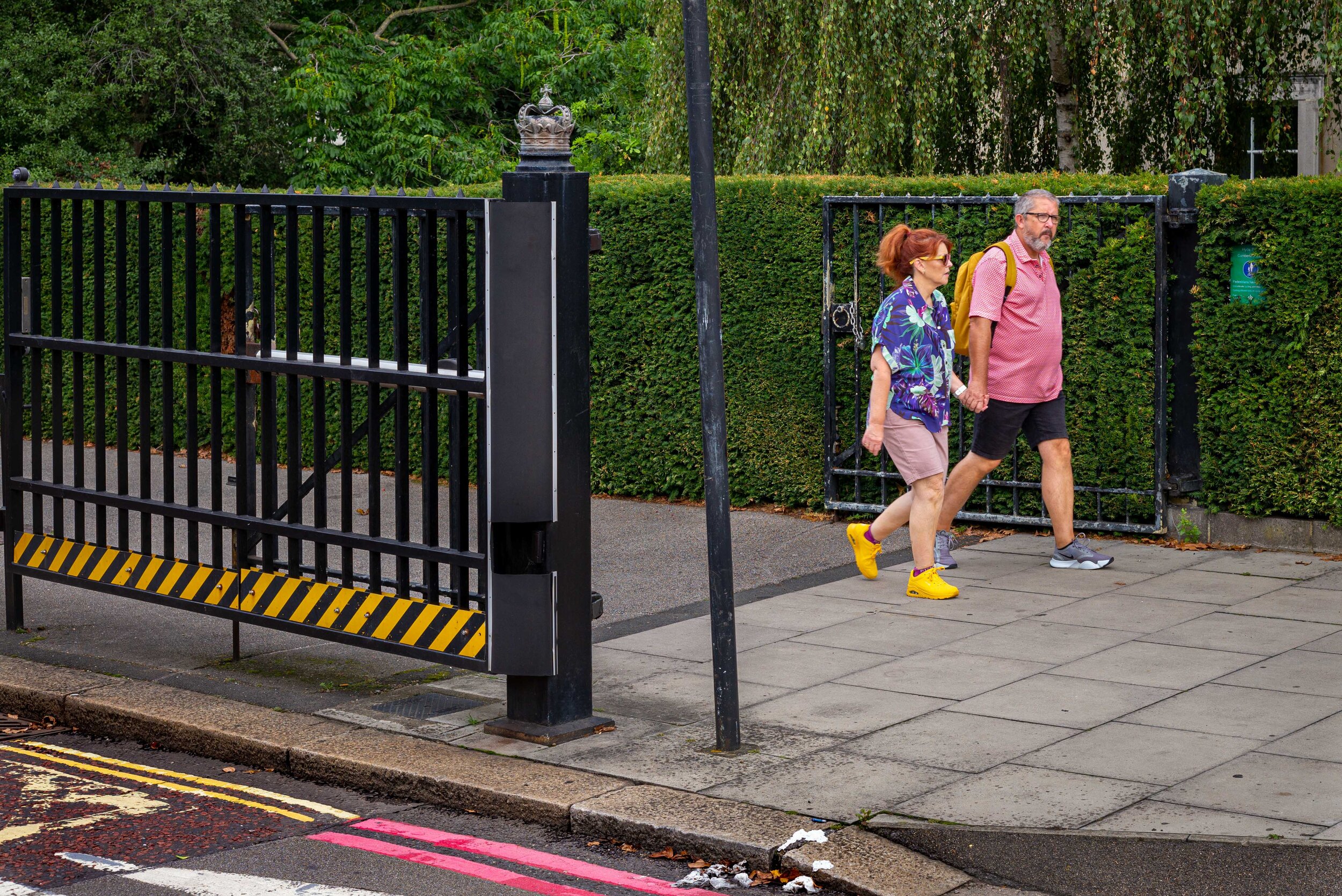
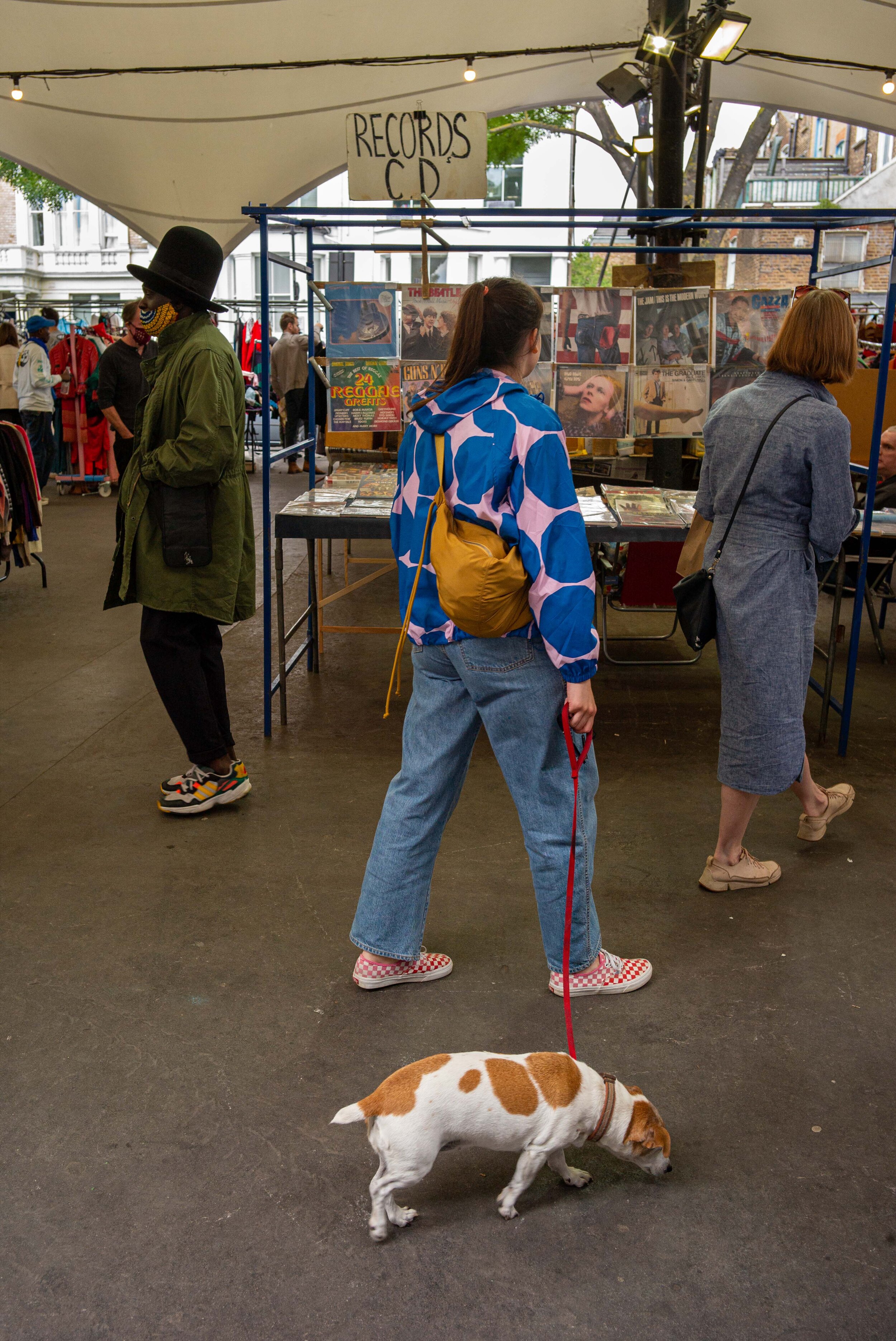
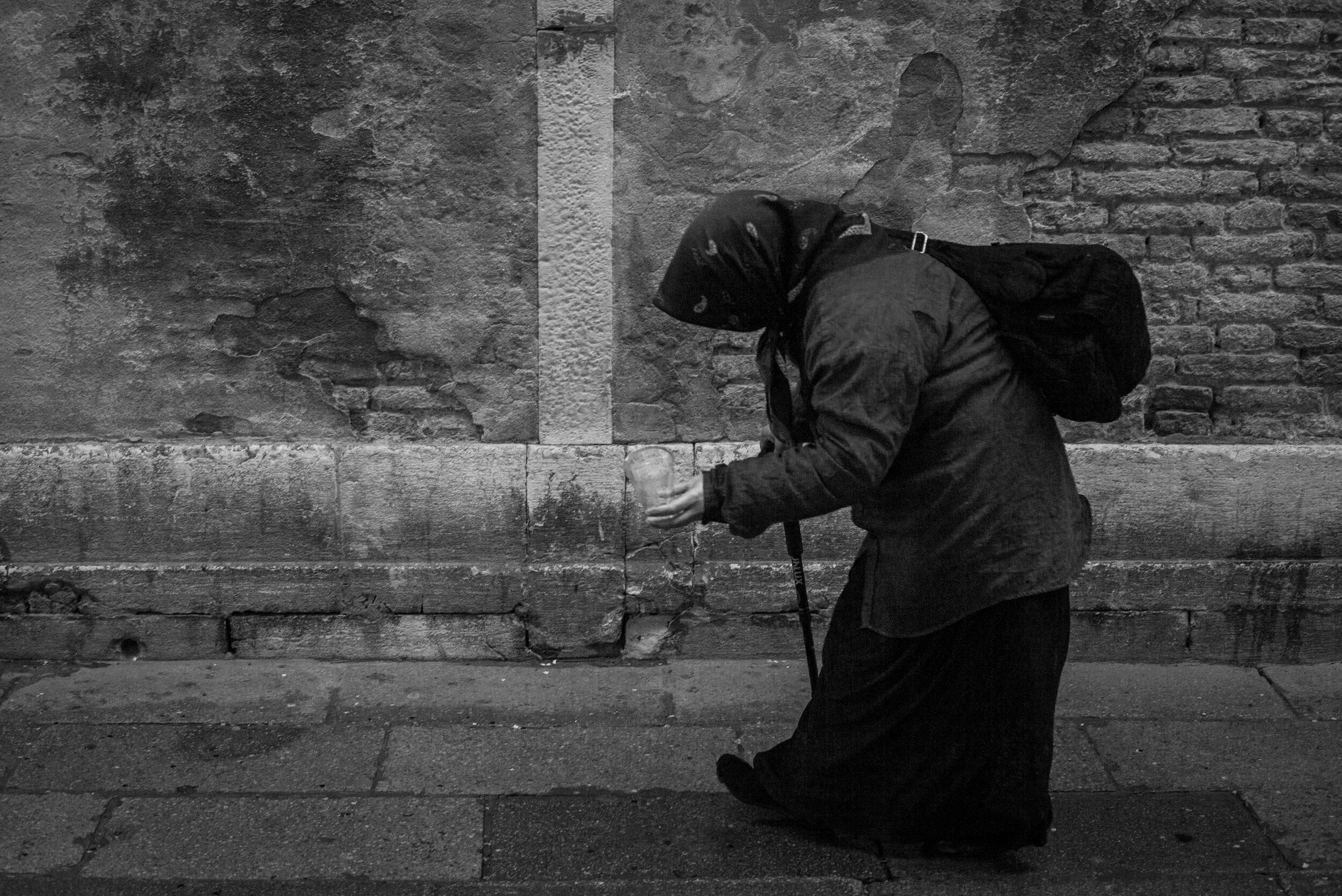
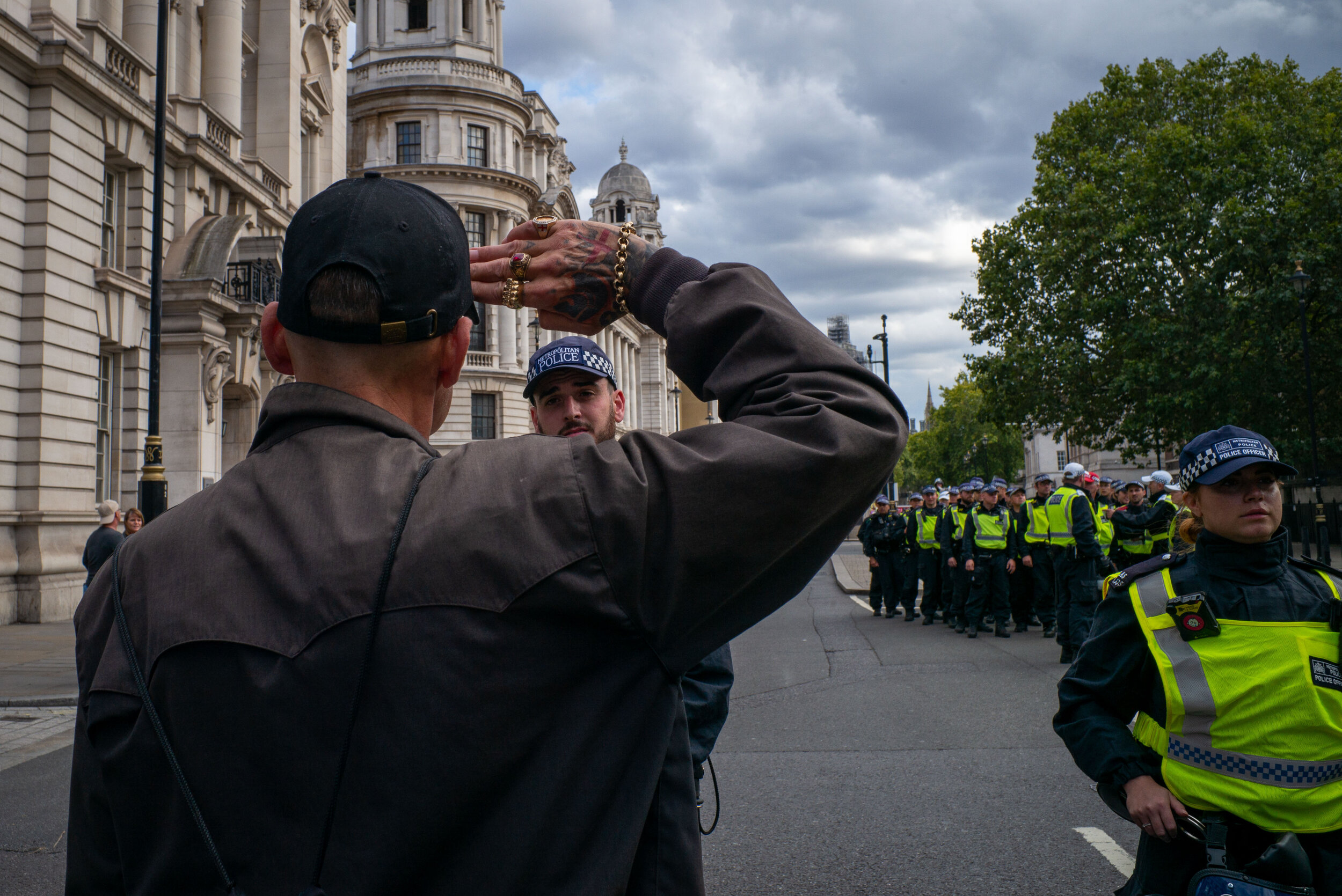
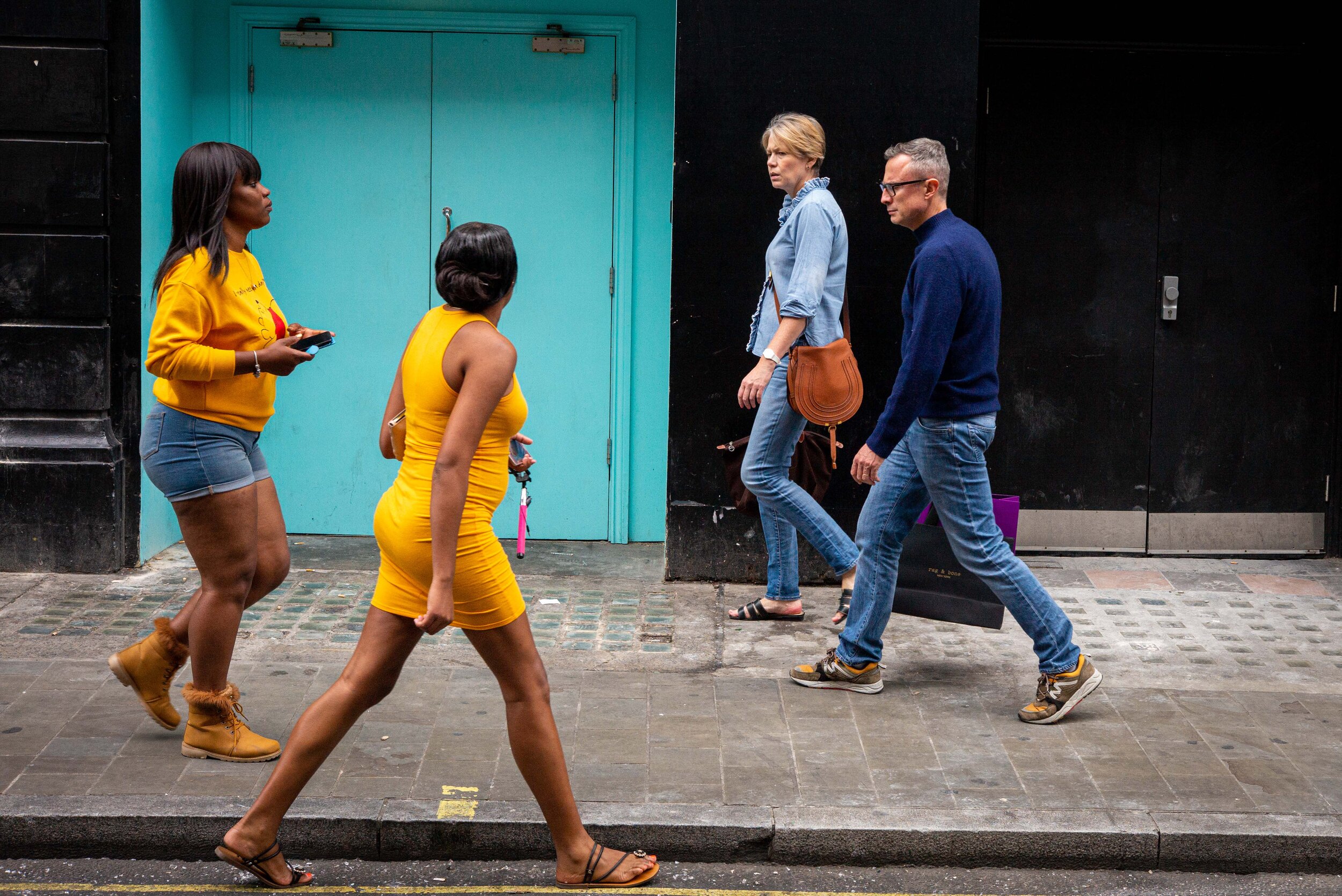

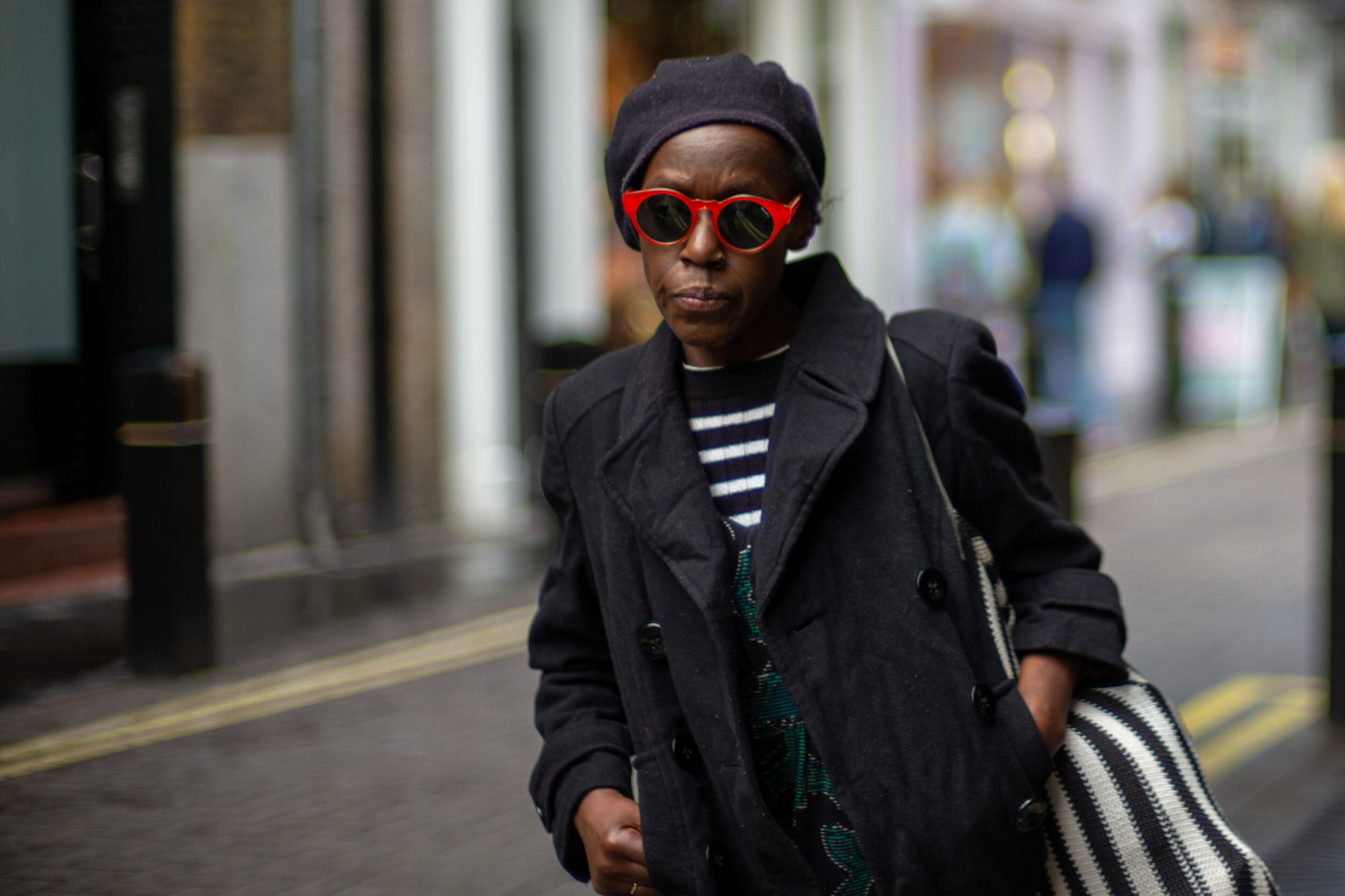
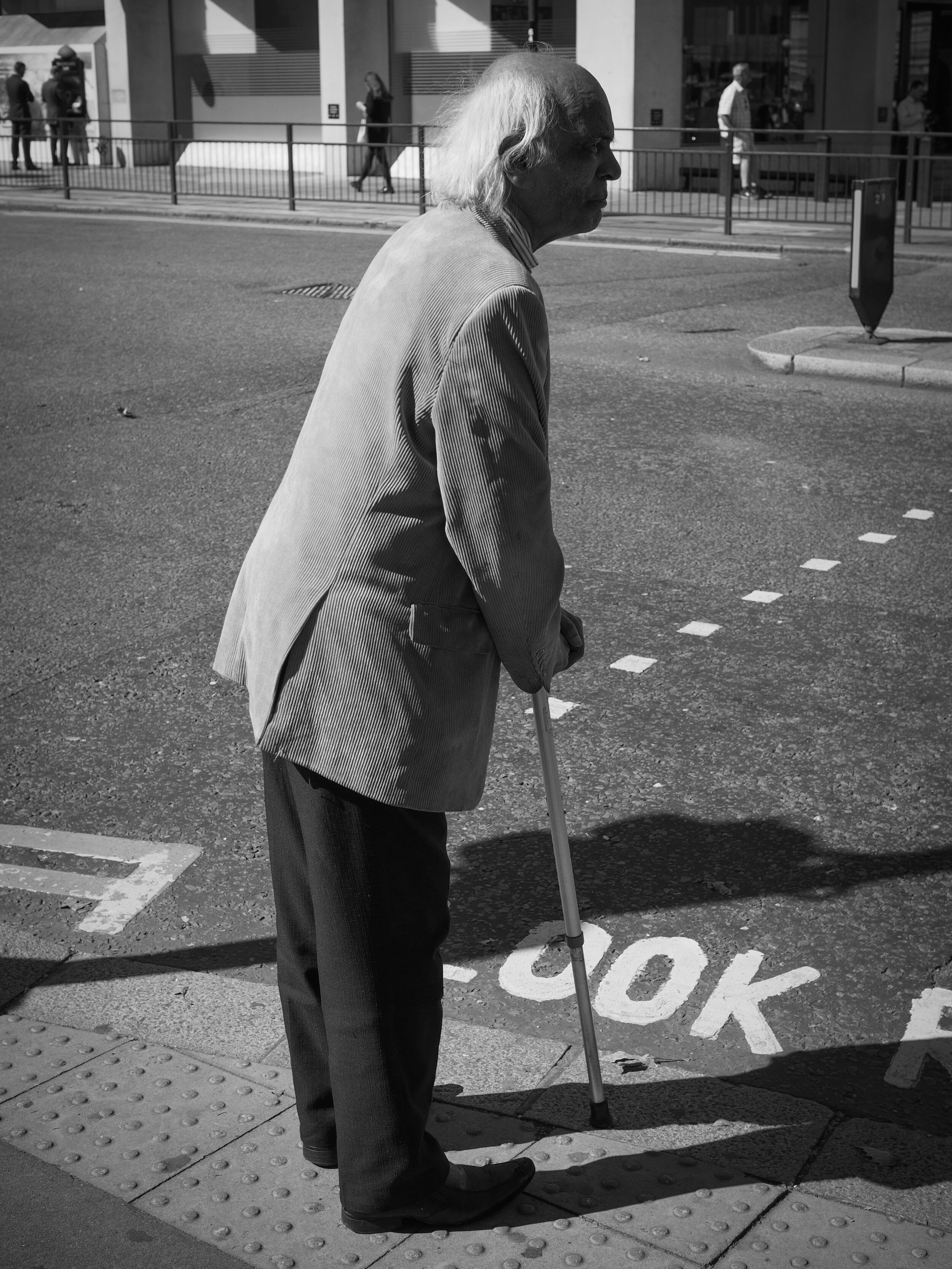
In conclusion, the Following technique requires good invisibility skills, clear ideas on how to build a composition quickly, positioning yourself well and quickly, great timing. In short, you need to practice it a lot!
After Fishing and Following the third F is F**k! (it sounds a lot like duck). Stay tuned for the last instalment!
Thanks for reading, and let me know your thoughts in the comments!
